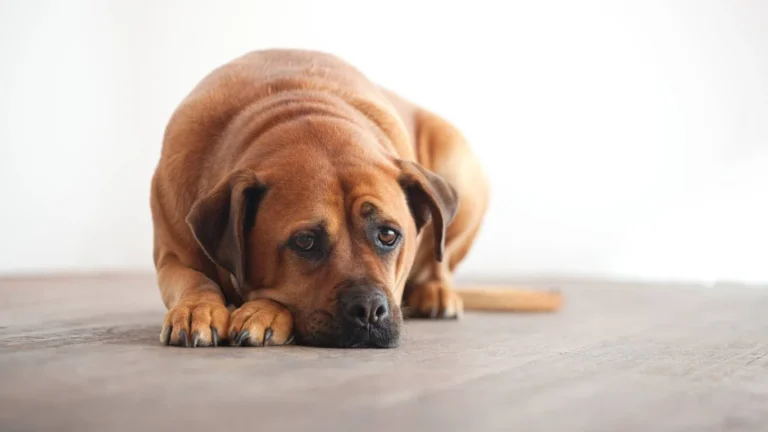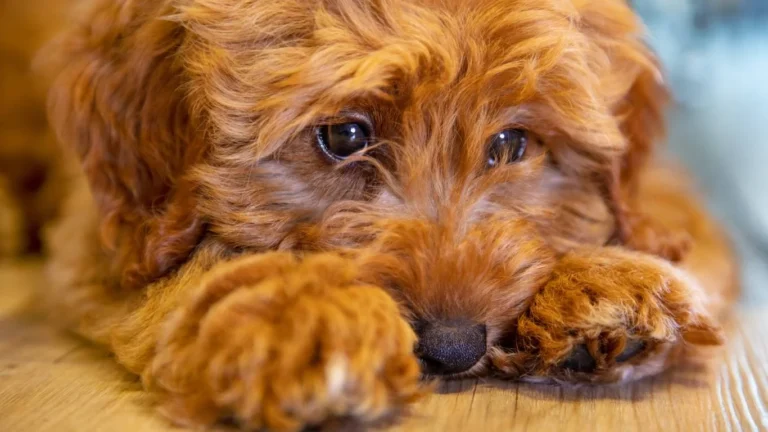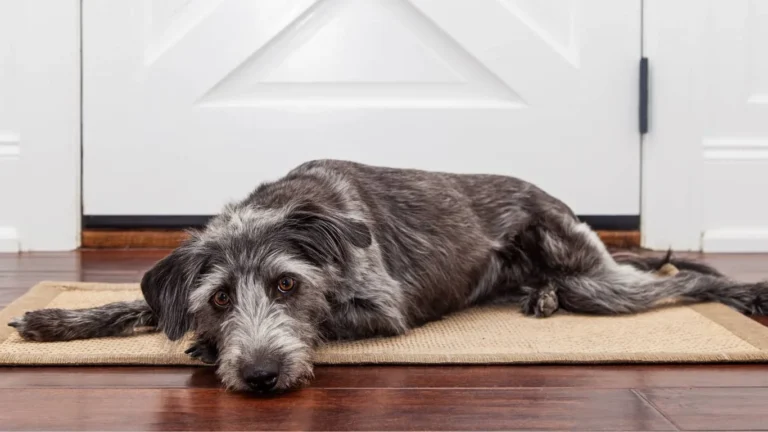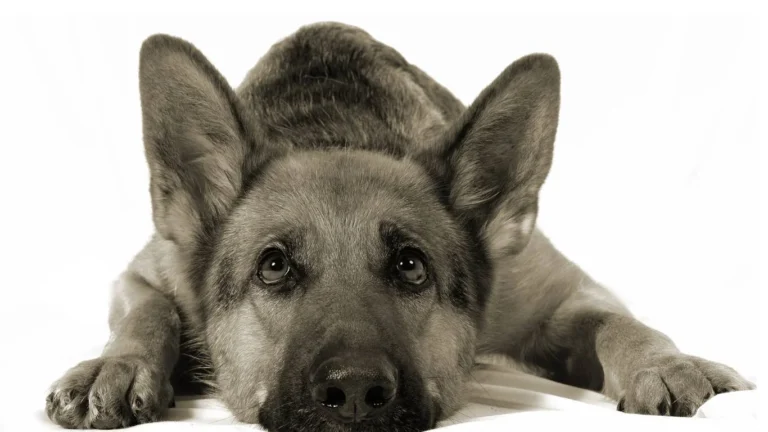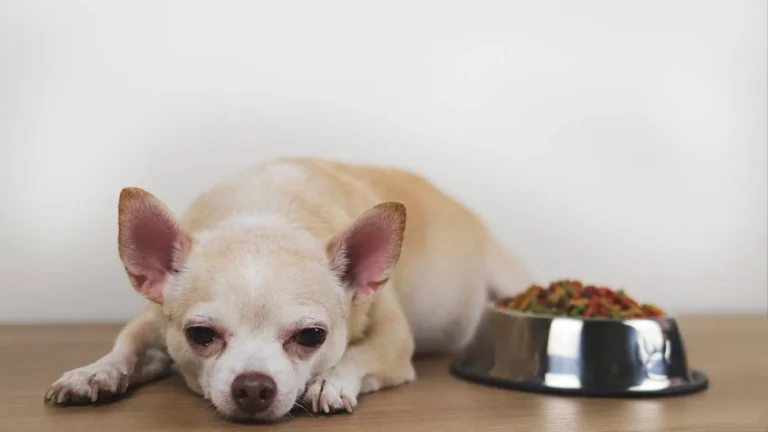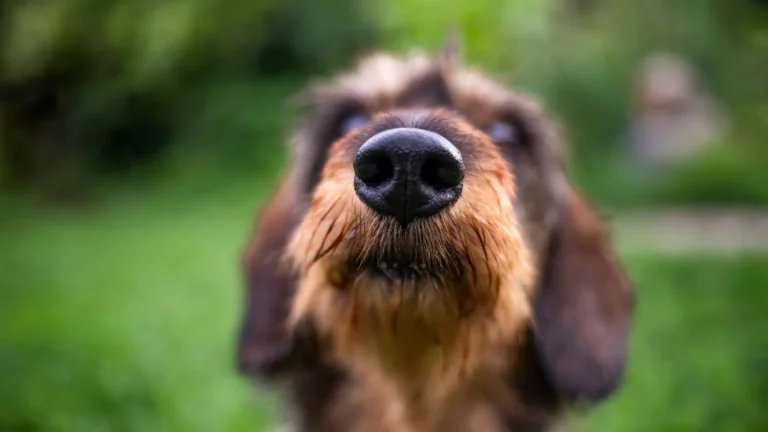How to Care for a Dog with Chronic Dry Eyes: Simple Vet-Backed Tips
When I first started working as a veterinary assistant, I never imagined how common chronic dry eyes in dogs actually are. Back then, I thought it was just an occasional issue, maybe something older dogs dealt with here and there. But fast forward a few years — after helping dozens of pet parents navigate eye drop schedules, warm compresses, and everything in between — I’ve realized how much love, patience, and attention goes into understanding how to care for a dog with chronic dry eyes. If you’re here because your pup’s been diagnosed with dry eye (also known as keratoconjunctivitis sicca or KCS), trust me, you’re not alone, and you’re in the right place.
What Exactly Is Chronic Dry Eye in Dogs?

Okay, let’s break this down. Chronic dry eye in dogs isn’t just a bit of eye crust in the morning. It’s a condition where the tear glands stop producing enough tears to keep the eyes moist. No tears = no natural protection. Think about how your eyes feel when they’re dry and scratchy — now imagine that discomfort all the time. That’s what our furry friends go through when dealing with KCS.
The tear film in dogs does more than just lubricate the eye; it fights off bacteria, provides nutrients, and helps with vision. So when that system starts failing, it’s a big deal. Left untreated, it can lead to corneal ulcers, chronic irritation, or even vision loss.
Some Common Causes Behind Dry Eye
- Immune-mediated damage: The most common culprit, where the immune system mistakenly attacks the tear-producing glands.
- Breed predisposition: I’ve seen it a lot in breeds like Bulldogs, Pugs, Shih Tzus, and Cocker Spaniels.
- Certain medications: Some sulfa-based drugs can interfere with tear production.
- Nerve damage: Especially after head trauma or surgeries around the face.
In my experience, most cases we see in the clinic fall under the autoimmune category. We’d run a Schirmer Tear Test, measure tear production, and boom — numbers way below normal. You’d be surprised how often pet parents mistake this condition for allergies or just “seasonal eye gunk.”
Signs Your Dog Might Be Suffering From Chronic Dry Eye
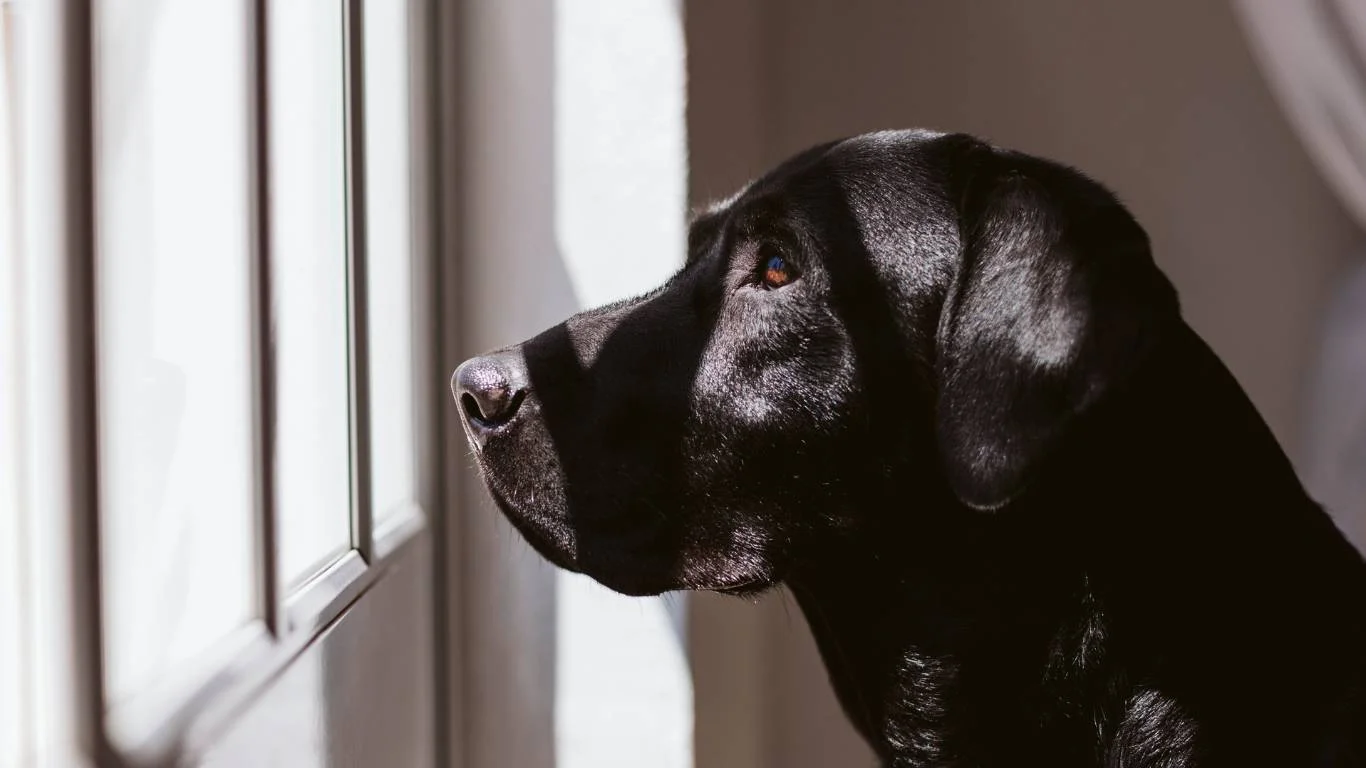
If you’re wondering whether your dog might have this condition, there are some key signs to look out for. I always tell pet owners: you know your dog best — if their eyes don’t look quite right, trust your gut and bring them in.
Symptoms to Watch For
- Thick, yellowish discharge: It’s not your average eye booger — it looks more like mucus and tends to crust up fast.
- Redness or inflammation: The whites of their eyes might look irritated or bloodshot.
- Frequent squinting or pawing: Your dog might act like something’s stuck in their eye.
- Cloudy cornea: Over time, the cornea can look bluish or hazy.
- Rubbing their face on furniture or carpets: It’s not just being silly — they’re trying to relieve the discomfort.
We once had this sweet little Pekingese come in named Lily — her eyes were so dry, she was constantly rubbing her face on the carpet. Her owners thought it was allergies, but nope — it was full-blown KCS. After a few weeks of proper treatment and some TLC, she was a totally different pup. Her mood even improved — she just seemed happier and more comfortable.
How to Care for a Dog with Chronic Dry Eyes Day-to-Day
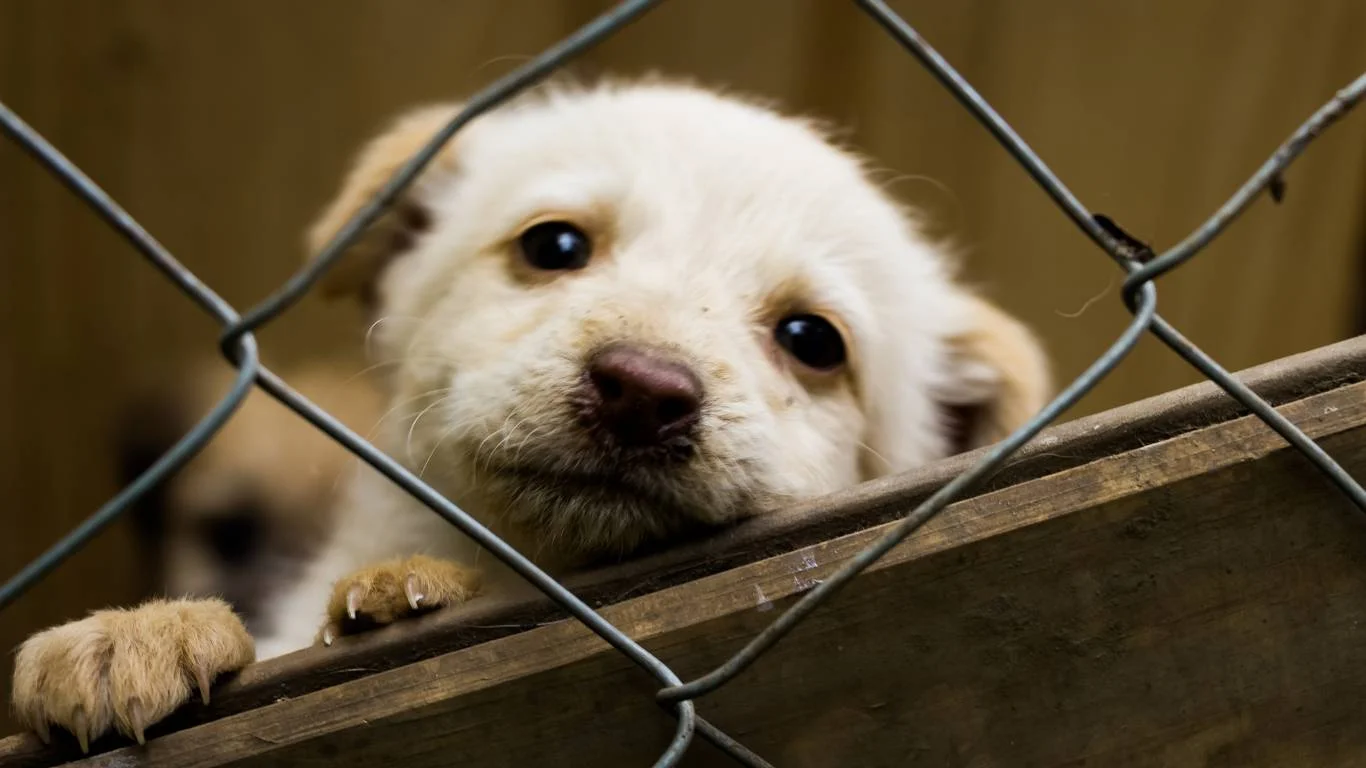
This is where things get real. Managing KCS isn’t about a one-time fix. It’s a daily routine, and yes, sometimes it gets messy or frustrating — but it’s all part of helping your pup feel their best. From a vet assistant’s perspective, these are the core things I’ve seen make the biggest difference.
1. Consistent Eye Medication Routine
Most dogs with chronic dry eye need eye drops or ointments — and not just once a day. Sometimes we’re talking 3-4 times daily, depending on severity. The most common meds I’ve helped administer include:
- Cyclosporine: Helps stimulate tear production. Usually the first-line treatment.
- Tacrolimus: Similar to Cyclosporine but sometimes more effective for stubborn cases.
- Artificial tears: Especially helpful between medicated drops, to keep the eye lubricated.
And here’s my tip from the trenches: keep a little whiteboard or reminder system near your dog’s meds. I’ve seen so many clients forget a dose or double-dose just because it’s hard to keep track.
2. Warm Compresses and Gentle Cleaning
A warm compress works wonders. It helps loosen up that thick discharge and soothes irritation. I usually recommend a soft cloth soaked in warm water, held gently over the eyes for a minute or two. Just don’t press too hard — gentle is the name of the game.
Cleaning the eye area is just as important. Use a vet-approved saline rinse or eye wipe. Stay away from human products like Visine — trust me, I’ve had to gently explain that one to more than a few panicked pet parents.
3. Keep Their Environment Tear-Friendly
This is something a lot of people overlook. Things like ceiling fans, dusty rooms, and cigarette smoke can make dry eye symptoms worse. If you’re serious about learning how to care for a dog with chronic dry eyes, environmental control is key.
- Use a humidifier, especially in dry climates or winter months.
- Limit exposure to wind (car rides with the head out the window are a no-go).
- Keep bedding clean and soft — dirty fabric can irritate sensitive eyes.
One of my favorite success stories involved a senior Lhasa Apso whose dry eyes improved dramatically after her owners added a humidifier to her sleeping area. It wasn’t even expensive — just a basic tabletop model — but it made a night-and-day difference.
Nutrition Tips for Dogs with Chronic Dry Eyes
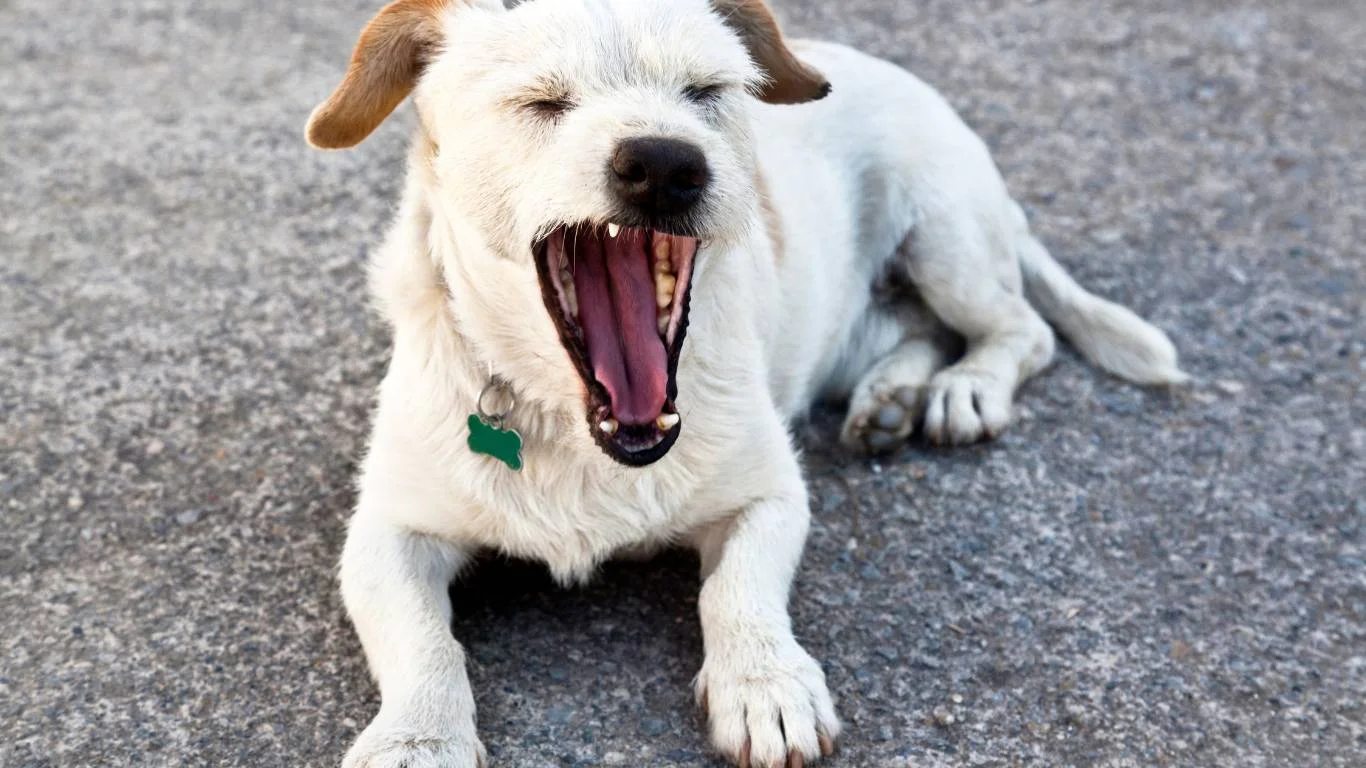
Here’s where my nutrition focus really comes into play. You might be surprised how much a dog’s diet can influence their eye health — especially when you’re trying to figure out how to care for a dog with chronic dry eyes long-term. I’ve worked with quite a few pet parents who never thought food could make a difference… until they saw it firsthand.
Just like in humans, nutrients play a key role in supporting tear gland function, reducing inflammation, and maintaining healthy mucous membranes. We can’t cure KCS with food alone, but nutrition can absolutely support the treatment plan.
Key Nutrients That Support Eye Health
- Omega-3 Fatty Acids: These have anti-inflammatory properties and are fantastic for supporting eye and skin health. Look for fish oil supplements or omega-rich kibbles.
- Vitamin A: Essential for maintaining the integrity of mucous membranes and tear production. Liver treats (in moderation) or carrots are good sources.
- Antioxidants (Lutein, Zeaxanthin): Help protect eye tissue from oxidative stress. These are often found in leafy greens, eggs, and certain vet-formulated supplements.
One of my regular clients had a golden retriever named Max, who was dealing with both chronic dry eyes and skin issues. After consulting with our vet and tweaking his diet to include a high-quality fish oil, we saw major improvement — less gunky discharge, and his coat got shinier too. Win-win.
What to Avoid
- Low-quality kibble: Often full of fillers and lacks essential nutrients.
- Artificial preservatives: Can worsen inflammation in some sensitive dogs.
- Unbalanced homemade diets: Unless guided by a vet or veterinary nutritionist, they can do more harm than good.
Trust me, I’ve seen some DIY dog diets go sideways. One owner fed her senior Chihuahua nothing but cooked chicken and rice for months — great intentions, but her pup was missing out on key vitamins. Always get professional guidance when making major diet changes.
Preventing Secondary Eye Infections
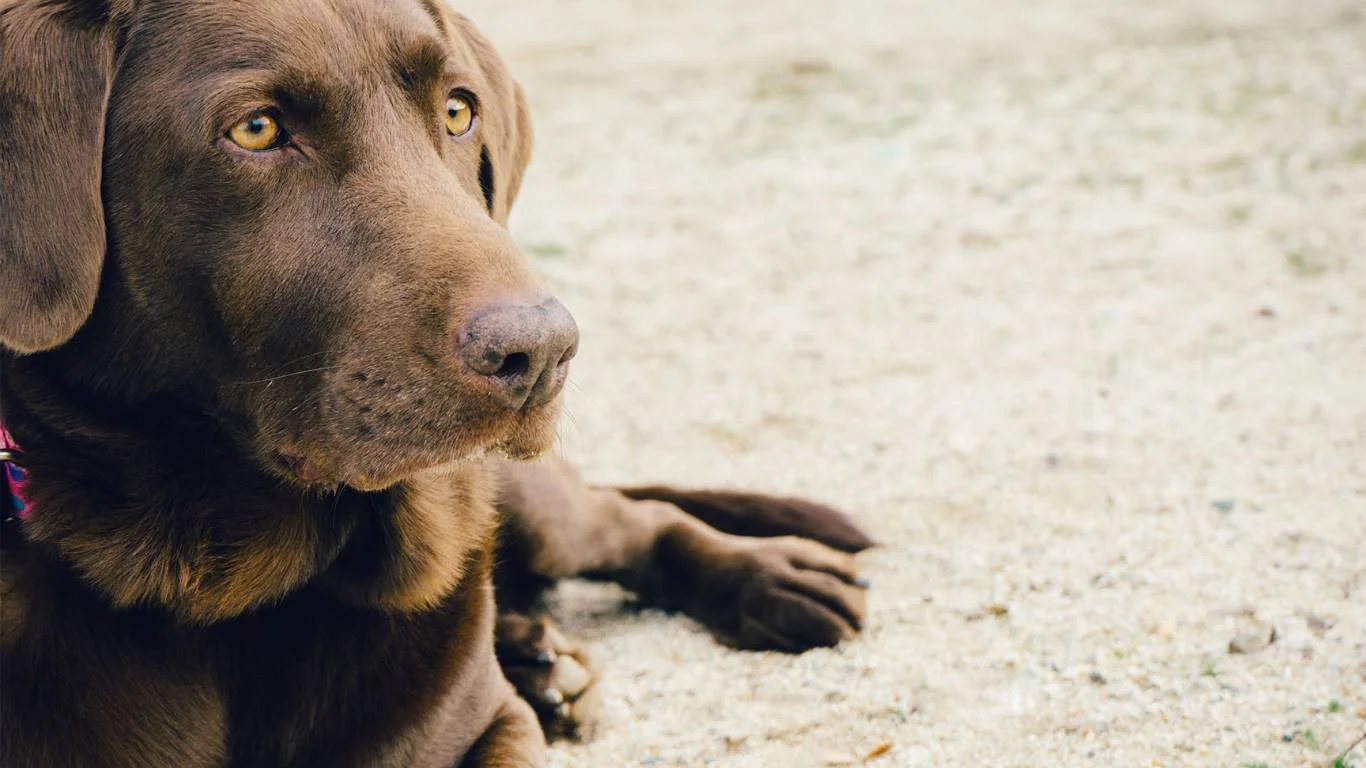
One of the things I always emphasize with chronic dry eye cases is the risk of secondary infections. When the eye doesn’t have a proper tear film, it becomes a breeding ground for bacteria. That’s why a big part of learning how to care for a dog with chronic dry eyes is staying one step ahead of infections.
Warning Signs of Infection
- Sudden increase in discharge: Especially if it turns green or bloody.
- Swelling around the eye: Can indicate inflammation or abscess formation.
- Reluctance to open the eye: Pain and light sensitivity often accompany infections.
If you notice any of these signs, don’t wait. It’s one of those “better safe than sorry” situations. I’ve seen too many dogs end up with corneal ulcers because an infection was left unchecked just a few days too long. In our clinic, we often prescribe antibiotic ointments in addition to the regular dry eye meds when things flare up.
Proactive Steps You Can Take
- Stick to your cleaning routine — morning and evening if needed.
- Don’t skip doses of medication — consistency is everything.
- Follow up with your vet regularly to monitor corneal health and adjust treatment.
There’s a sweet spaniel named Bailey that comes in every month for her KCS checkup. Her owner keeps a meticulous log of every eye drop and symptom, and guess what? Bailey hasn’t had a single infection in over a year. It’s all about staying ahead of it.
Comfort Hacks: Helping Your Pup Feel Better Day-to-Day
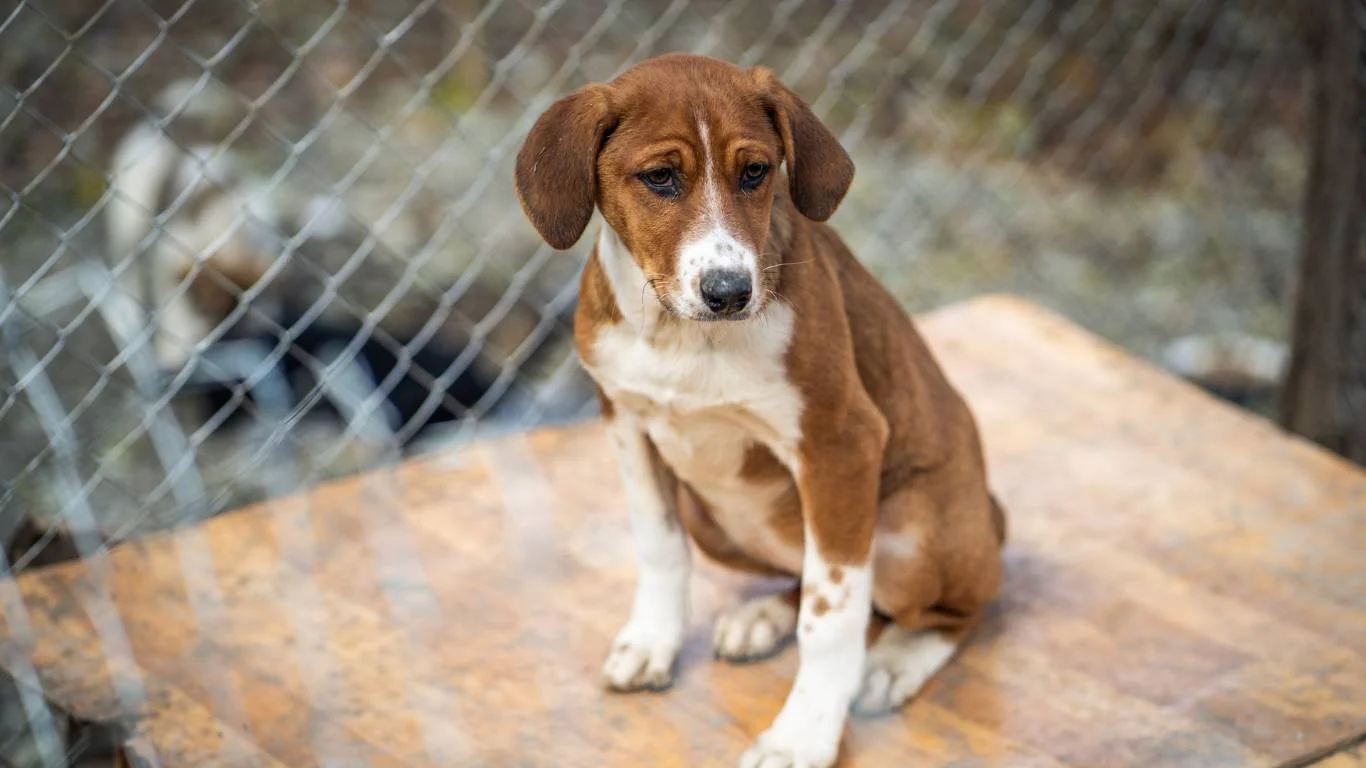
Let’s be honest — dealing with chronic dry eyes isn’t fun for your dog OR you. Some days, you’re chasing them around with eye drops like it’s a game of tag. Other days, they’re just plain grumpy because their eyes hurt. I get it. So here are some real-world comfort tips that have helped my clients (and their dogs) make life a little easier.
Keep Things Calm and Clean
Environmental stress can make symptoms worse. Try to:
- Create a quiet resting area: Avoid bright lights and loud noises.
- Use soft lighting: Harsh lights can irritate sensitive eyes.
- Keep air clean and moist: Air purifiers and humidifiers are great investments.
I used to have a client with a senior Poodle named Rosie. They set up a little eye-care station in their living room — soft towels, wipes, drops, and a cozy blanket. Rosie actually got used to the routine and would sit in her “eye spa” corner every night before bed. Routine really helps reduce anxiety — for both the dog and the owner.
Make Eye Care a Bonding Moment
Okay, not every dog is going to love eye drops, but you can absolutely make it less of a battle. My go-to tricks:
- Use treats they really love — the special ones they only get after drops.
- Give lots of praise and pets right after — make it a positive association.
- Try a calming pheromone spray or collar if they’re especially fidgety.
One of my favorite patients, a stubborn Beagle named Otis, used to run and hide every time the dropper came out. We eventually figured out he’d tolerate anything for a smear of peanut butter on a lick mat. Game changer!
So don’t be discouraged. With the right tools, patience, and a dash of creativity, you can absolutely make dry eye care part of your daily rhythm without it feeling like a chore.
When Surgery Becomes an Option

Now, I know the word “surgery” might sound scary, but in some stubborn cases of KCS where medications and management just aren’t cutting it, surgical options might actually give your pup the best quality of life. I’ve walked several clients through this decision, and while it’s definitely not the first line of treatment, it’s not as intimidating as it seems once you understand the “why.”
Parotid Duct Transposition — Say What?
This is the main surgical route most vets will recommend. Basically, it reroutes a salivary duct (yep, the one that helps your dog drool when they smell bacon) to drain into the eye instead of the mouth. Saliva replaces the missing tears, and while it’s not a perfect match, it helps keep the eye moist and protected.
I assisted during one of these surgeries once — and wow, it was fascinating. The post-op care was a bit involved, but that dog went from miserable and squinty to playful and wide-eyed in just a few weeks. We kept the e-collar on, followed a strict drop schedule, and within a month, the inflammation had gone way down.
Is Surgery Right for Your Dog?
Here’s when your vet might suggest surgery:
- Your dog isn’t responding to medications even after 6+ months.
- Corneal ulcers or scarring keep coming back.
- The dry eye is severe enough to threaten long-term vision.
But like everything in vet med, it’s case by case. Your vet will weigh the risks, age, general health, and whether your dog can tolerate anesthesia. It’s always a good idea to get a second opinion or even see a veterinary ophthalmologist if surgery is on the table. You can check out organizations like PetMD or AKC to learn more about the procedure in general terms.
Best Vet-Approved Products for Chronic Dry Eye Relief
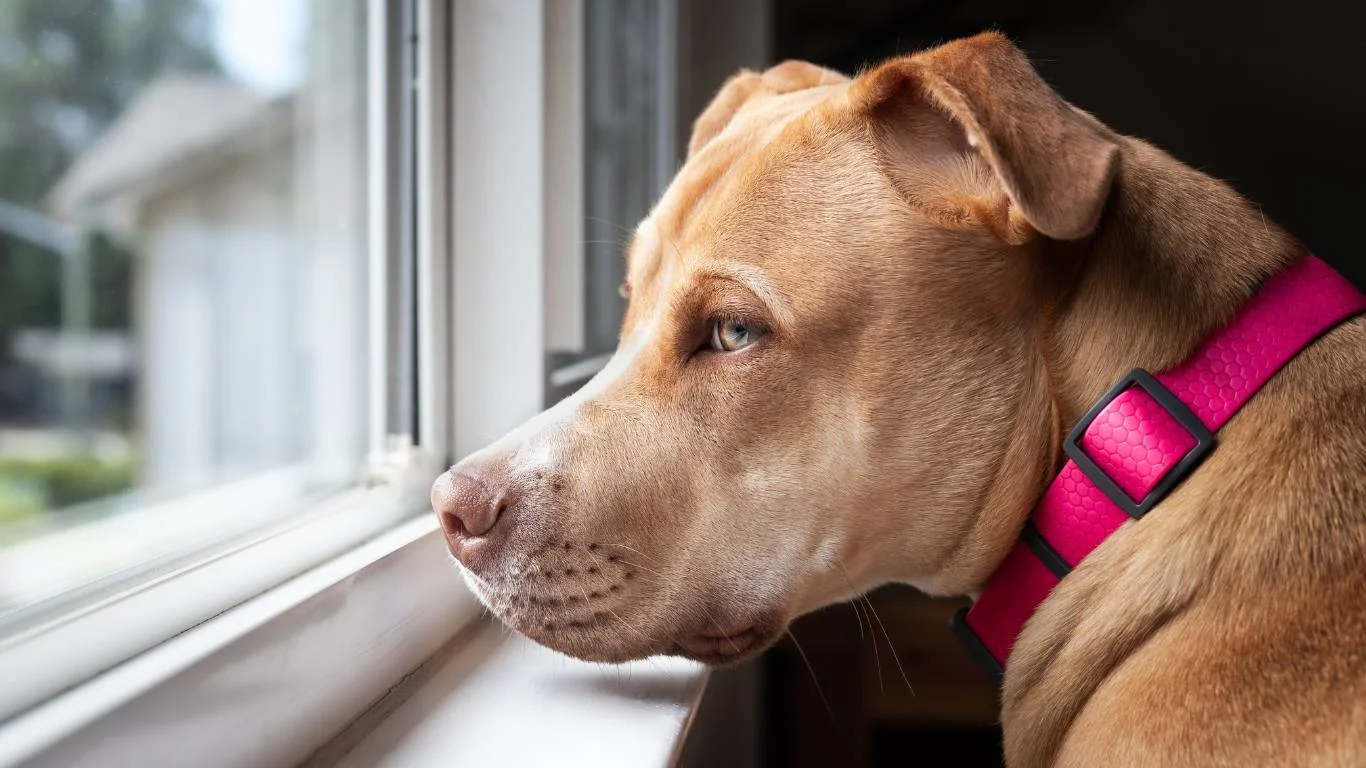
Let’s talk tools — because when it comes to managing dry eye in dogs, having the right gear makes all the difference. I’ve personally stocked more shelves of artificial tears and eye ointments than I can count, and I’ve seen what really works.
Eye Meds & Lubricants That Consistently Get Results
- Optimmune (Cyclosporine): Probably the most commonly prescribed — and for good reason. It boosts tear production and reduces inflammation.
- GenTeal Tears (Moderate to Severe): Not all human products are safe for dogs, but this one is frequently vet-recommended for off-label use. Great for in-between medicated drops.
- Refresh Celluvisc: Thick and long-lasting. Perfect for bedtime or when you’ll be gone a few hours.
One tip I always give clients: store artificial tears in the fridge. The cool drops are more soothing to irritated eyes, and some dogs actually tolerate them better when chilled. A little hack that goes a long way!
Eye Wipes, Cleaning Tools, and Other Must-Haves
- Vet’s Best Eye Wipes: Great for cleaning up gunky discharge without irritation.
- Saline flush: A basic but essential tool for rinsing debris or allergens out of the eye.
- Lick mats: Weirdly useful! Keeps your dog busy while you handle the eye drop routine.
Sometimes it’s not about finding new treatments — it’s about making the daily routine easier. I can’t tell you how many times a simple change, like switching drop brands or adjusting the timing, made everything smoother for the dog AND the human.
What Long-Term Success Looks Like
So, is there a light at the end of the tunnel? Absolutely. Chronic dry eye is manageable — not curable, but definitely livable — with the right combo of meds, care, and consistency.
I’ve seen dogs who were practically blind from corneal scarring bounce back with regular treatment and smart management. I remember a Schnauzer named Ellie — she came in squinting and miserable, but after 4 months of dialed-in treatment, her eyes were clear, her mood lifted, and she could finally enjoy her daily walks again. Her owner said she was “a whole new dog.” That’s what this is all about.
Stay Connected With Your Vet
Managing dry eye is a team effort. Keep those checkups regular — every few months at least — so your vet can monitor changes, tweak meds, and make sure nothing sneaky is going on with the cornea.
And don’t be afraid to advocate for your dog. If something feels off, bring it up. You know your pup better than anyone.
Helpful Resources
If you’re looking to dive deeper into chronic dry eye care, check out some of these trusted sources. I always point clients to them when they want to do their homework:
- PetMD — Great breakdowns of eye conditions in pets.
- AKC — Breed-specific health info and care tips.
- Health.com — Especially useful when looking at supplements and vitamins that cross over between human and pet health.
- NIH — For scientific research and more technical background on immune-related conditions.
Disclaimer
This article is based on personal experience as a veterinary assistant with a focus on canine nutrition and is intended for informational purposes only. It is not a substitute for professional veterinary advice, diagnosis, or treatment. Always consult your veterinarian before making changes to your dog’s health care routine or treatment plan.

